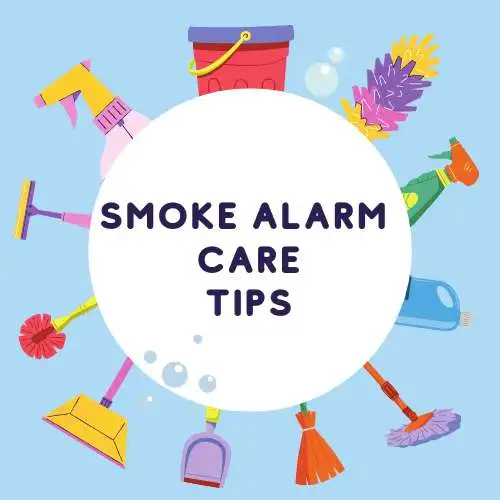
Welcome to our easy-to-follow guide! Here, we’ll show you how to take great care of your Smoke Alarms so they can keep protecting you for a full 10 years. Learn the best ways to clean them, how to keep dust from sneaking in, and, super importantly, where to avoid placing them.
Taking Great Care of Your Smoke Alarms
Let’s make sure your smoke alarms are always ready to keep you safe. Here are some super important tips:
Where Not to Put Them:
- Place smoke alarms away from places with a lot of moisture or smoke. This means not too close to your showers or where cooking occurs.
- Keep them safe from paint, water, and don’t spray things like air fresheners, aerosols, or use solvents or cleaners near them.
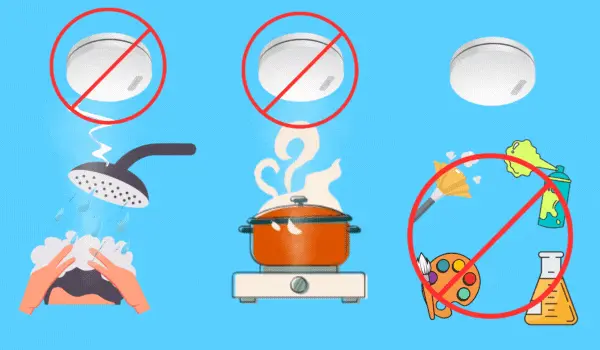
No Tampering, Please:
- It’s really important not to open or mess with your alarm. It may impact the functionality and void the warranty.
- Smoke alarms must never be painted
Dust-Free Zone:
- If you’re doing something like dusting or sanding, make sure your smoke alarm doesn’t get all dusty. If it does, it might cause problems down the track and think there’s a fire when there isn’t. We would suggest protecting the smoke alarm in this situation by relocating it until the activity in the area settles down.
- If you have to take it down for a bit while completing tasks in the area, remember to put it back up as soon as you’re done. And if it’s off, you’ll need a temporary safety plan.
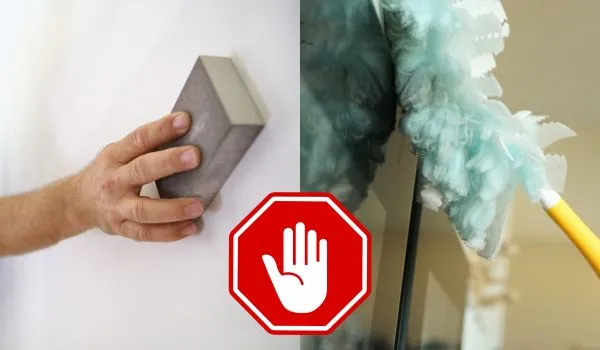
Battery Info:
- Good news! You don’t need to change the batteries in our smoke alarms. They come with 10-year lithium batteries.
- Keeping an eye on false alarms, early identification, troubleshooting and correcting the issue helps the battery last its full 10 years.
Ensuring your smoke alarms are up to the task:
Testing your alarm
Test your smoke alarms at least every month. Here’s how:
- Look for a blinking light on the alarm. It should blink every 60 seconds. This process is best carried out at night where the light can be easily seen.
- Press the ‘test’ button on your remote or on the alarm itself (centre button), then let go. You should hear all your alarms beep. Walk around to make sure all alarms are making a noise.
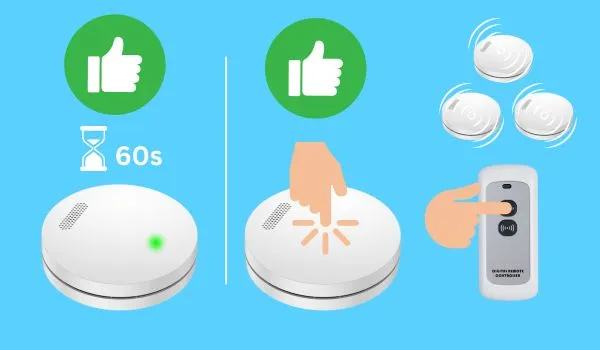
Listen for Little Sounds:
- Keep an ear out for any unusual beeps or sounds from your alarm. This could mean it’s not working right or the battery might be low.
Turn the smoke alarm off:
Here’s how to turn the smoke alarms off:
Value Range
Use the switch on the bottom of the smoke alarm, and switch it to the off position.
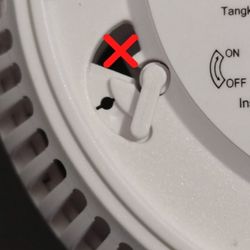
Premium Slimline:
Hold the centre button (test/hush) for 10 – 13 seconds until you hear 2 beeps, the smoke alarm will then turn off.
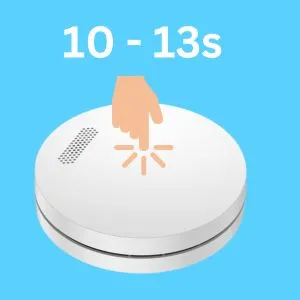
If a slimline smoke alarm is silenced the smoke alarm will not turn off and holding the center button won’t stop or have any effect on the smoke alarm. You would need to wait until the silence period ends, then turn the smoke alarm off. A slimline smoke alarm can be turned off while in its normal state, or while alarming.
Following these tips will help keep your smoke alarms in top shape, so they can look after you and your home!
Cleaning Your Smoke Alarms
A clean smoke alarm is a happy (and effective) smoke alarm. Cleaning them once a month is not only a great habit, but necessary as it helps prevent those annoying false alarms caused by dust, pollens, and pet hairs for example.
It’s a good idea to clean your alarms before testing them. This way, you keep a regular clean-and-test schedule.
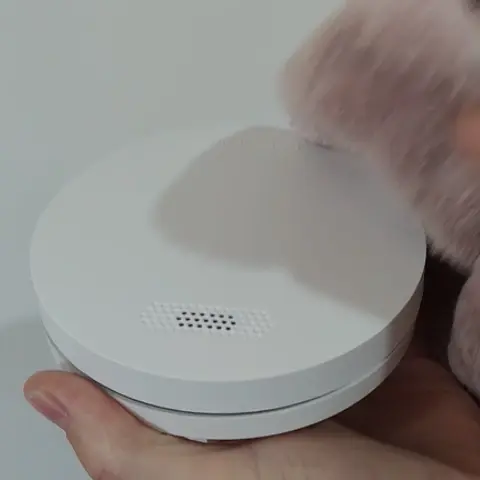
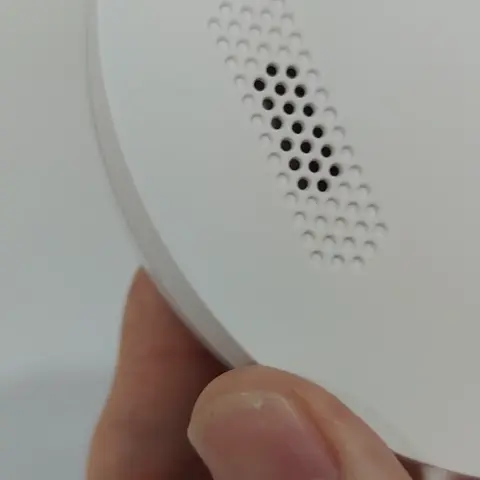

Cleaning Steps:
- Inspect for Dust:
- Check the vents and inlets for dust build-up. If one alarm has more dust than others, it might be in a high-dust area. You might need to figure out why there’s so much dust there or clean it more often.
- Vacuum Time:
- Use the brush nozzle attachment on your vacuum cleaner and carefully vacuum around the vents of the smoke alarm.
- Wipe The Cover
- Clean the cover with a damp cloth, then dry it with a lint-free cloth.
- Test it:
- Now, test it to make sure it’s working correctly.
By following these steps, your smoke alarms will be dust-free and ready to alert you when needed. Remember, a little care goes a long way in keeping your home safe and preventing those false alarms!
